A Safe and Non-Incisional Way to Treat Glaucoma
MicroPulse® Transscleral Laser Therapy is a safe and non-incisional procedure that helps to lower intraocular pressure in a broad range of glaucoma patients. MicroPulse TLT can be performed in less than seven minutes, and in most cases, patients can resume their normal routines the very next day following the procedure.

More than 200,000 glaucoma patients in over 80 countries have been treated since 2015 with MicroPulse® Transscleral Laser Therapy (TLT), which is performed using the MicroPulse P3® Delivery Device from Iridex. MicroPulse TLT can be introduced prior to, in conjunction with, or following all other glaucoma treatment options.
MicroPulse TLT can be performed in less than seven minutes and in an office setting or in the operating room, as determined by the physician. With MicroPulse technology, the laser is delivered in repetitive, low-energy laser ‘micropulses’ that are gentler than a continuous-wave laser.
The treatment causes minimal tissue damage; therefore, the doctor may repeat it as needed.
So far, 32 peer-reviewed studies have confirmed its safety, effectiveness, durability, and repeatability for the management of glaucoma.
Prior to MicroPulse TLT, anesthesia is used to make patients comfortable while the doctor gently moves the MicroPulse P3 Probe across the sclera or “white part of the eye” during the treatment. The procedure can be performed in less than seven minutes.
Following the procedure, patients may wear a small eye patch for the rest of the day. Most patients do not experience pain after the therapy. Any mild discomfort or redness in the eye typically goes away within a few days. Short-term use of anti-inflammatory eye drops is often prescribed following the procedure. In most cases, patients can resume their normal routines the very next day following the procedure. Typically, IOP decreases within a few days after the procedure; however, it may take up to a few months.
MicroPulse TLT may be right for you. Ask your eye doctor about it. MicroPulse TLT is available in over 80 countries and it is performed in many of the top ophthalmology hospitals.
Indications for the MicroPulse P3 Delivery Device include, but are not limited to transscleral cyclophotocoagulation for the treatment of primary open-angle glaucoma, closed-angle glaucoma, and refractory glaucoma.
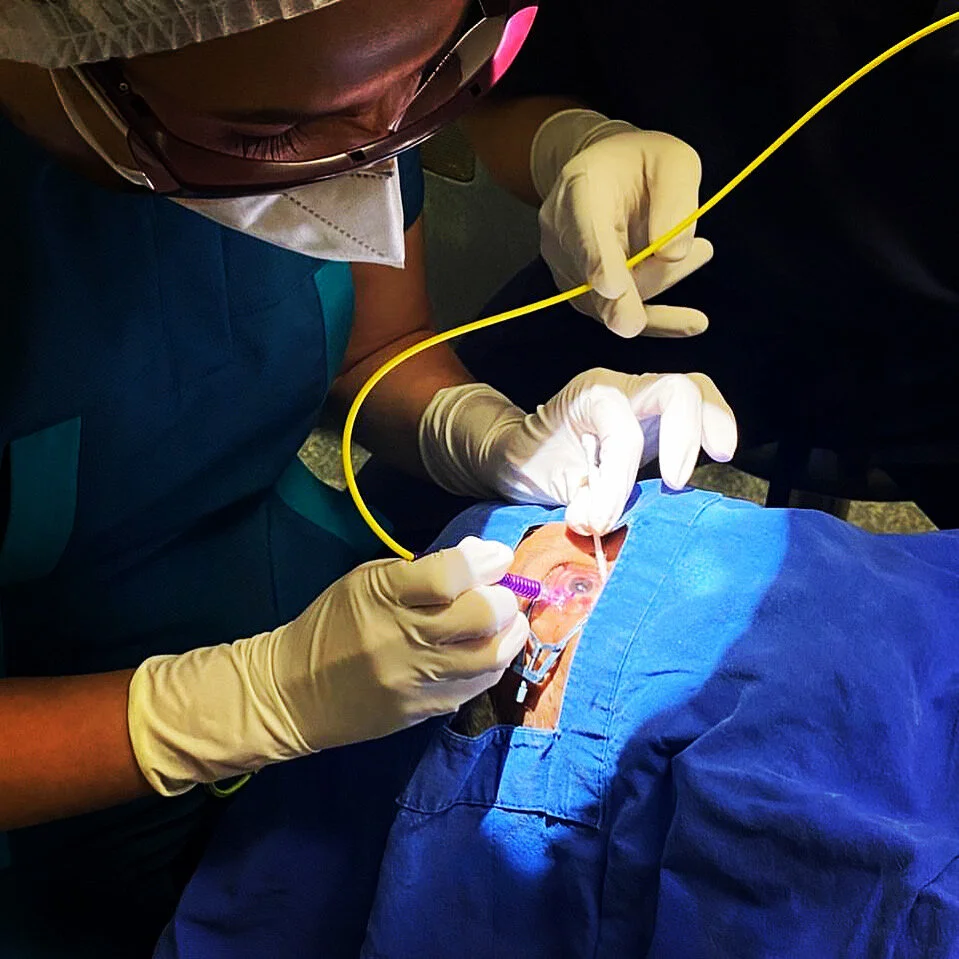
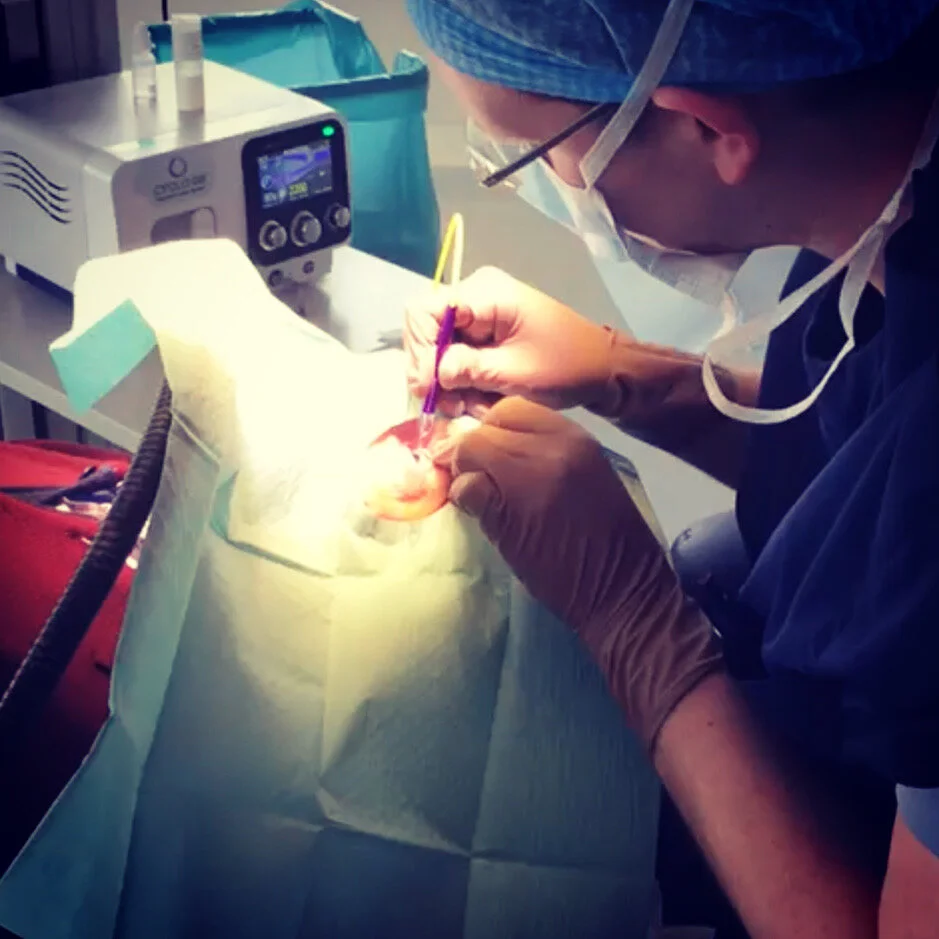
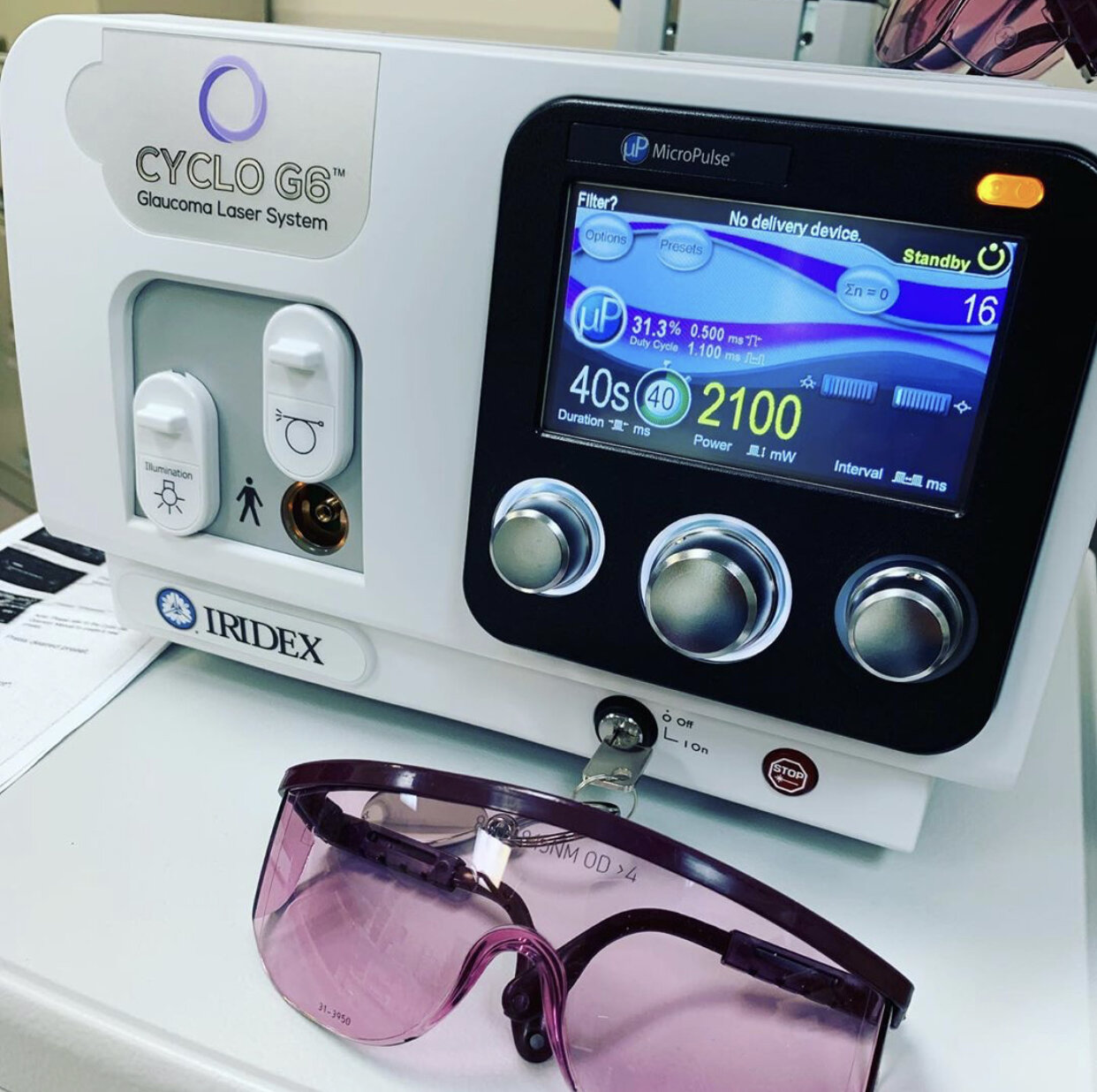
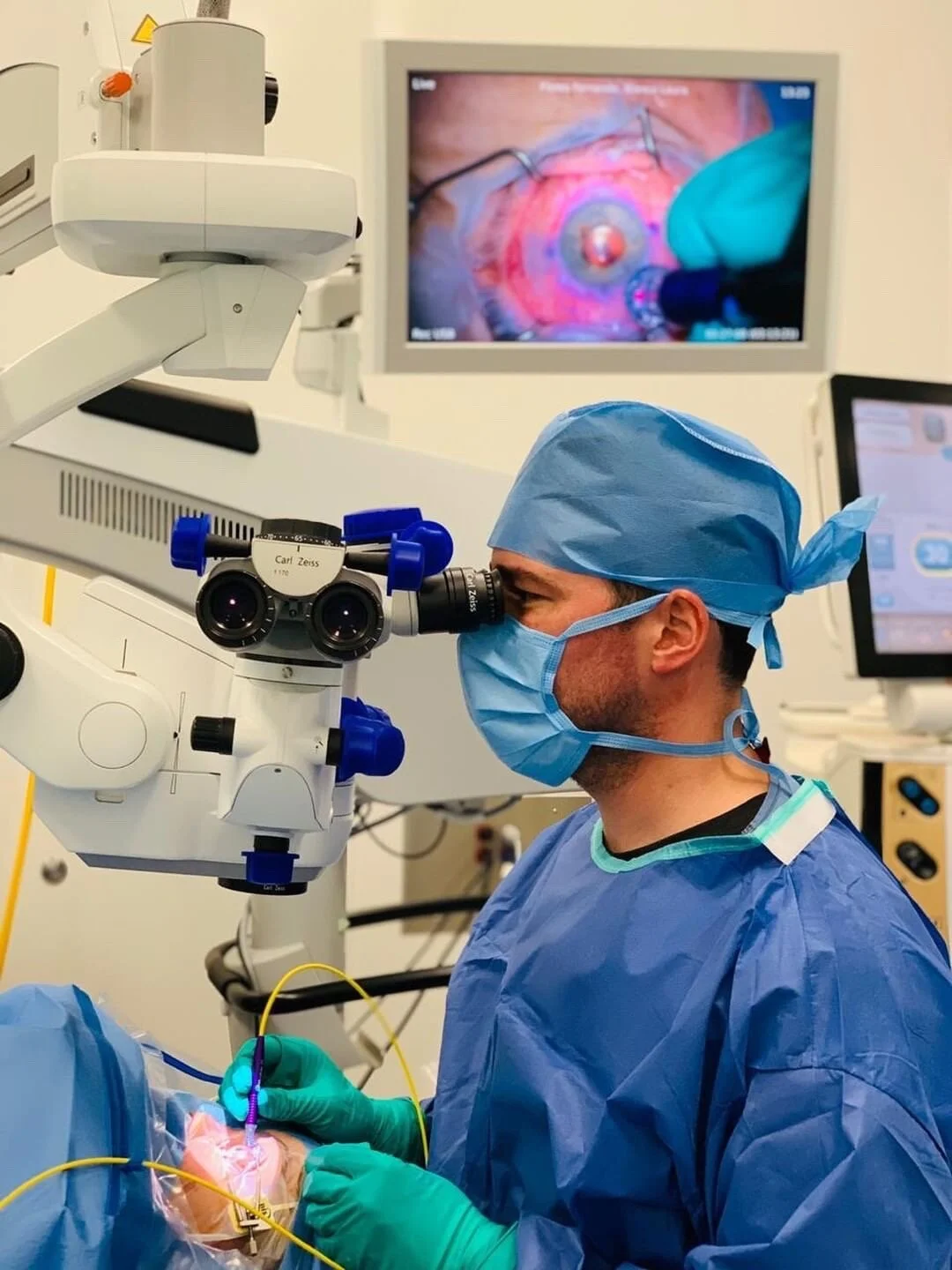
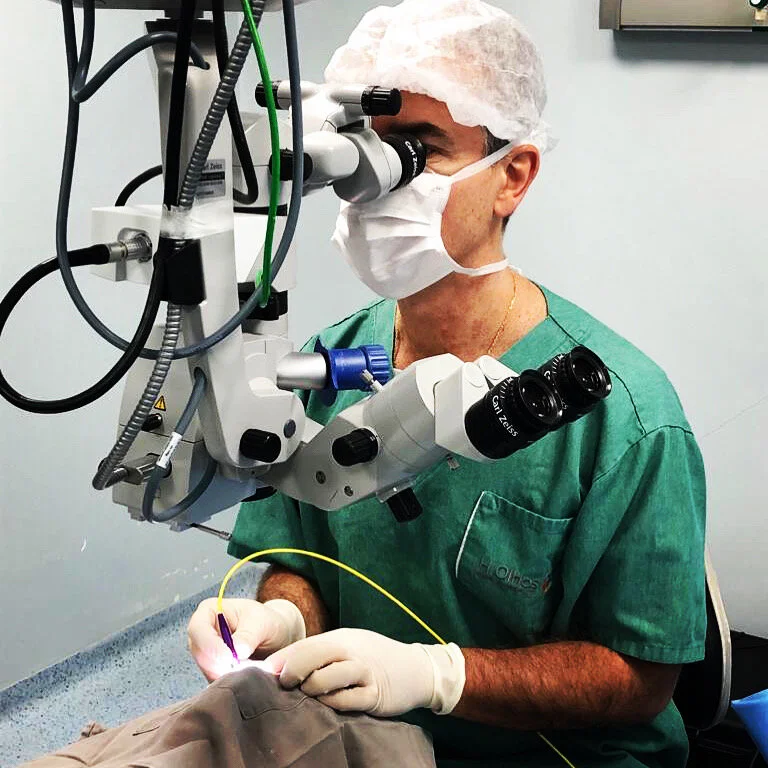
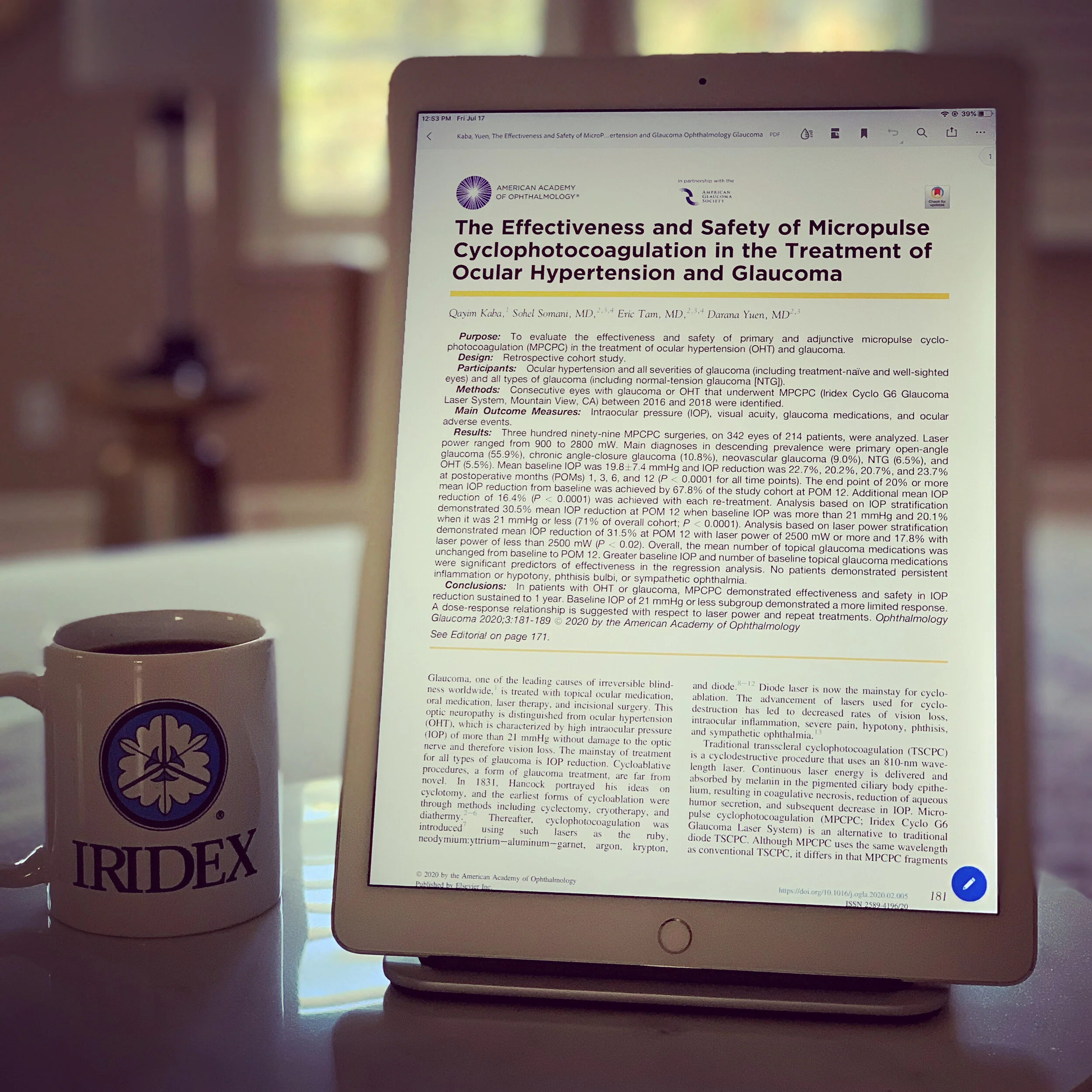
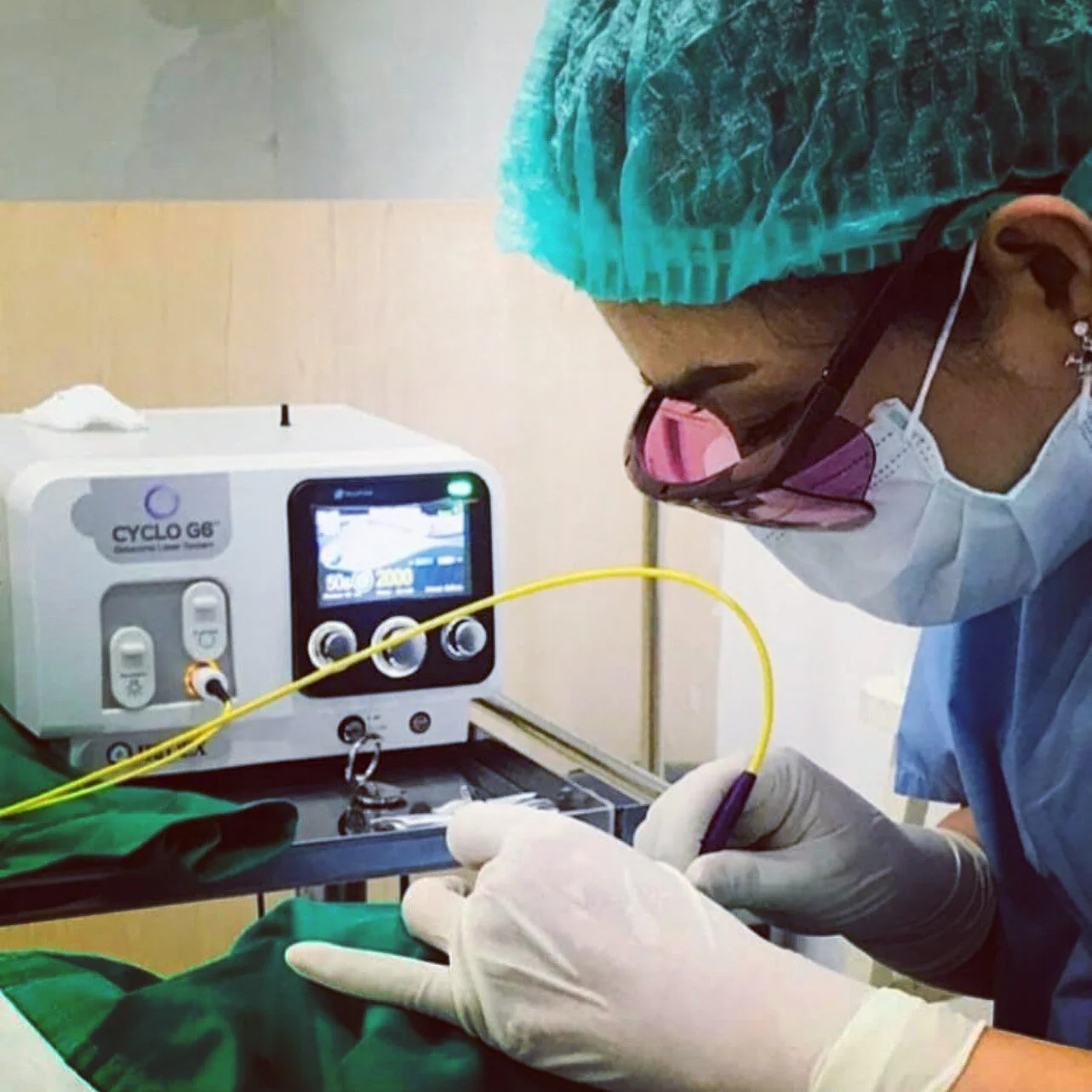
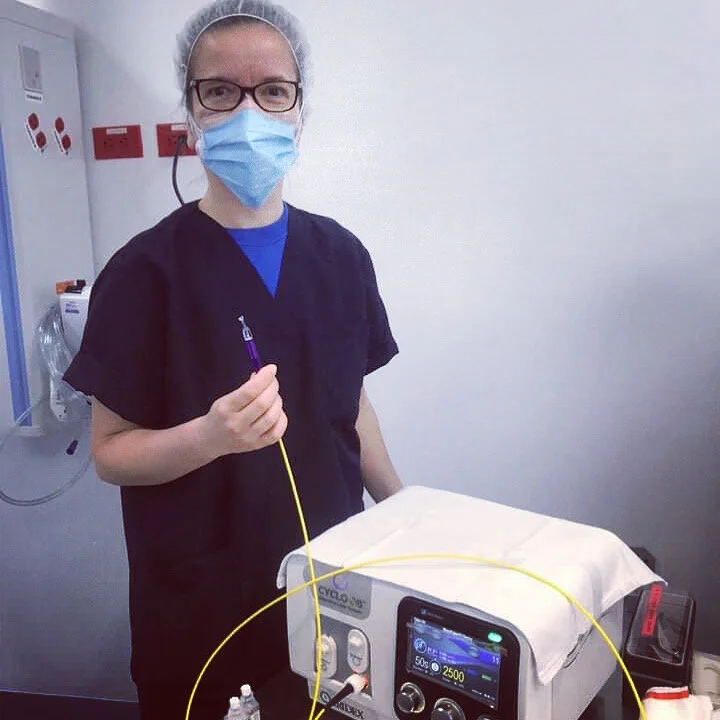
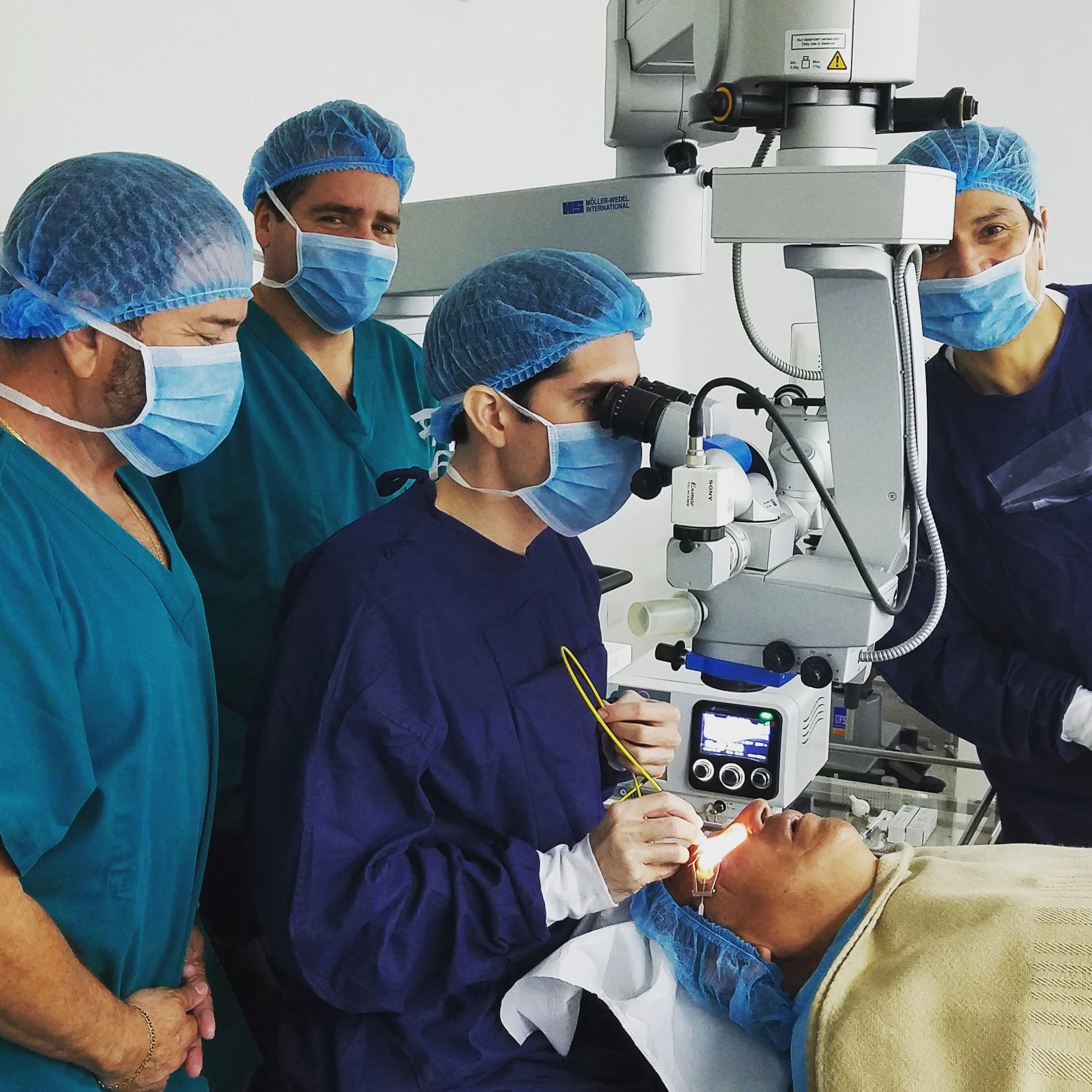
What Physicians Say
“When treating patients with glaucoma, my number one goal is to prevent blindness and my number two goal is to prevent incisional glaucoma surgery, and MicroPulse Therapy can help me to achieve both.”
Nathan Radcliffe, MD
New York Eye Surgery Center
“Numerous published studies and clinical experience in the US, Europe and Asia over the last several years have demonstrated that it is a safe and effective option to decrease both IOP and the number of topical medications necessary in many glaucoma patients. I regularly treat a wide variety of glaucoma patients with it, and my patients are very happy with the results.”
Ahad Mahootchi, MD
The Eye Clinic of Florida, Zephyrhills, FL
“MicroPulso laser therapy helps our patients by significantly reducing intraocular pressure without the need for invasive surgeries. We are very happy with the results.”
Vanessa Liberato, MD
Santo Domingo, Republica Dominicana
“I have used MicroPulse TLT on patients with mild to wild glaucoma – and for good reason. It is safe and effective without yielding major impact on the target tissue, and it’s repeatable if necessary.”
Nir Shoham-Hazon, MD
Miramichi, Canada
“I have performed over a hundred MicroPulse TLTs, and have not experienced a single case of iritis or CME. MicroPulse TLT is safe, effective, and can be done in the office and OR in less than 5 minutes.”
Rajan Desai, MD, FACS
East Brunswick, NJ
“I am a big fan because this can often save someone from incisional surgery. Of course, selecting the right patient is key to ensure good outcomes and minimal side effects.”
Monisha Vora, MD
Wills Eye Hospital, Philadelphia, PA
“In a study that I performed with 71 eyes of 68 patients, I found that MicroPulse TLT demonstrated good efficacy and safety profiles with minimal vision-threatening complications in treating a variety of glaucoma types.”
Ahmed Al Habash, MD
Imam Abdulrahman Bin Faisal University, Saudi Arabia
“I have been using MicroPulse TLT to treat glaucoma for nearly two years and my outcomes have been excellent so far.”
Branda Alegría, MD
Guadalajara, Mexico
“Because MicroPulse laser is non-incisional and repeatable, it keeps all other options open.”
Makoto Aihara MD, PhD
University of Tokyo, Japan
Glaucoma Today
MicroPulse TLT After Tube Shunt Surgery
By Brian M. Jerkins, MD
Glaucoma Physician
Micropulse Trans-scleral Laser Therapy for Glaucoma
By Vital P. Costa, MD
The Ophthalmologist
In favor of MicroPulse TLT for glaucoma mild – and wild
By Nir Shoham-Hazon, MD
FAQs
What is glaucoma?
Glaucoma is a series of conditions that cause optic nerve damage. Without treatment, glaucoma causes gradual, permanent loss of sight, and any loss of sight that occurs before diagnosis and treatment cannot be restored. Glaucoma is the second most common cause of blindness worldwide. A healthy eye continually produces a small amount of clear fluid called aqueous humor that circulates inside the front portion of the eye and drains out. This process of fluid production, flow, and drainage is essential for maintaining normal eye pressure.
In an eye with glaucoma, too much fluid is being produced, not enough fluid is being drained, or a combination of both is occurring which results in an increase of intraocular pressure (IOP). Typically, there are no symptoms associated with this rise in IOP. Over time, this high IOP contributes to optic nerve damage which eventually leads to vision loss. This vision loss usually starts in the periphery. Elevated IOP and optic nerve damage can be seen in multiple types of glaucoma such as Primary Open Angle Glaucoma, Angle Closure Glaucoma and Refractory Glaucoma.
How is glaucoma diagnosed?
Early detection and treatment are key to controlling glaucoma and preventing blindness. A diagnosis of glaucoma is based on a thorough review of clinical history and examinations that may include a visual field test and an optic nerve assessment.
Who is at risk for glaucoma?
Older people are at a higher risk for glaucoma but babies can be born with glaucoma (approximately 1 out of every 10,000 babies born in the United States). Young adults can get glaucoma, too. African Americans in particular are susceptible at a younger age.
Is glaucoma curable?
The damage caused by glaucoma can't be reversed. But treatment and regular checkups can help slow or prevent vision loss, especially if you catch the disease in its early stages. Glaucoma must be monitored for life. Diagnosis is the first step to preserving your vision.
How soon can I return to normal activities?
In most cases, patients can resume their normal routines, including work, the very next day following the procedure.
Is MicroPulse TLT covered by Insurance?
Yes, in the United States, MicroPulse TLT is covered by most insurance providers under CPT code 66710. Consult with your ophthalmologist to confirm.
Where can I find a physician?
Ophthalmologists in more than 80 countries are treating glaucoma with MicroPulse TLT. Use the physician locator to find a doctor near you. For doctors outside the United States, click here.
About Iridex
The MicroPulse P3 Delivery Device utilized to performed MicroPulse TLT is manufactured by Iridex Corporation, a public company founded in 1989 headquartered in California.











